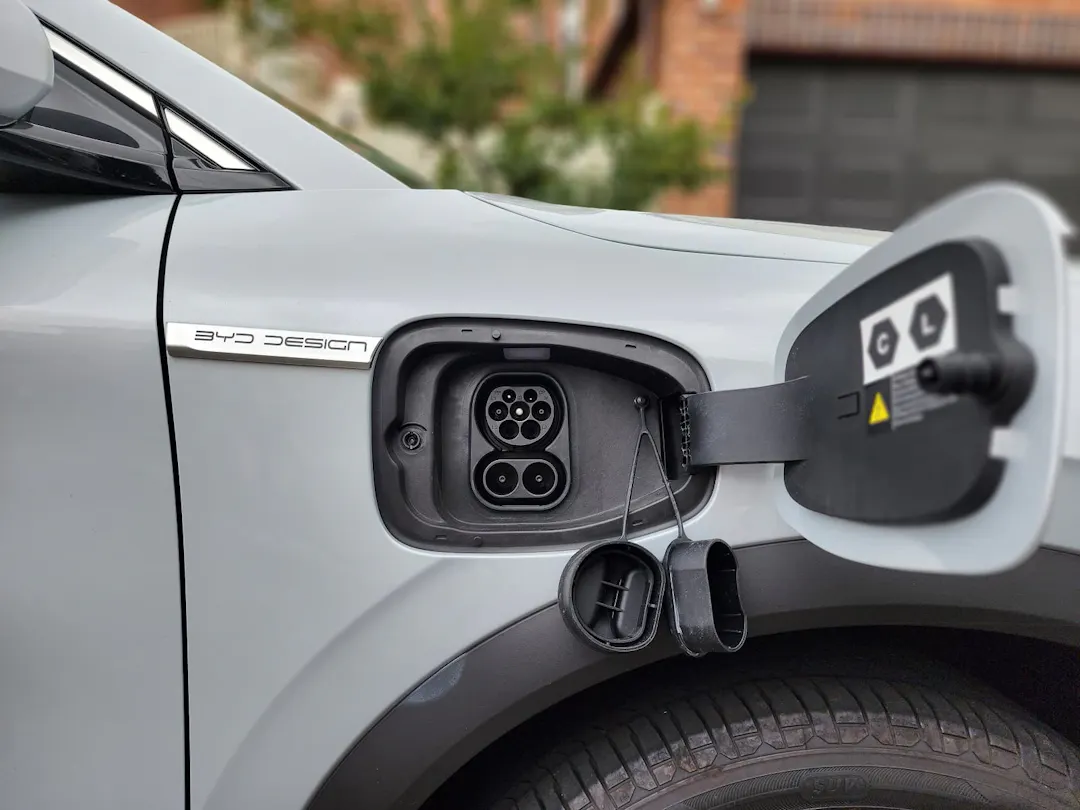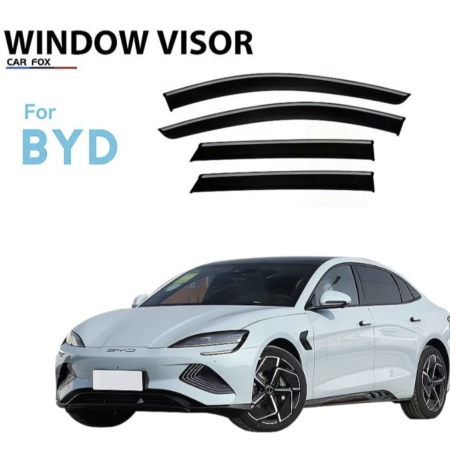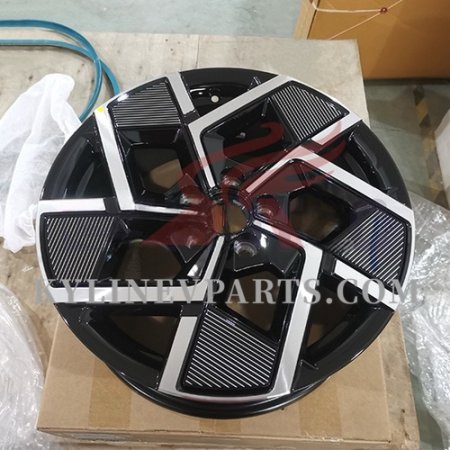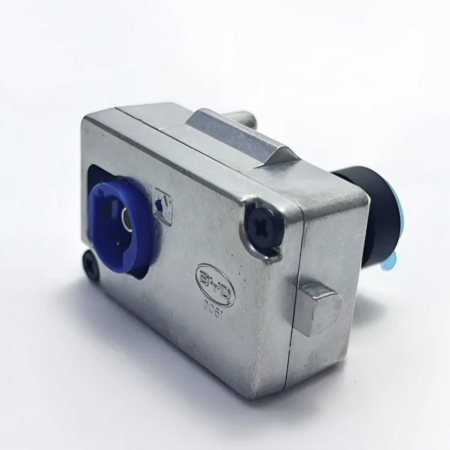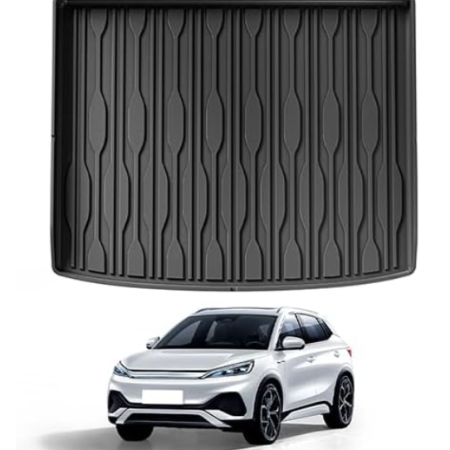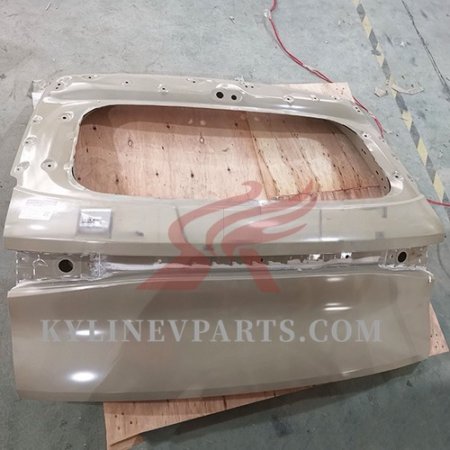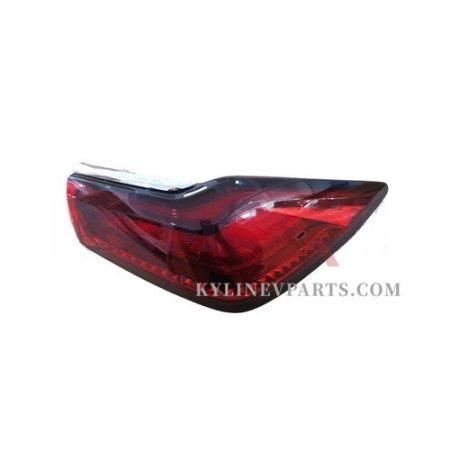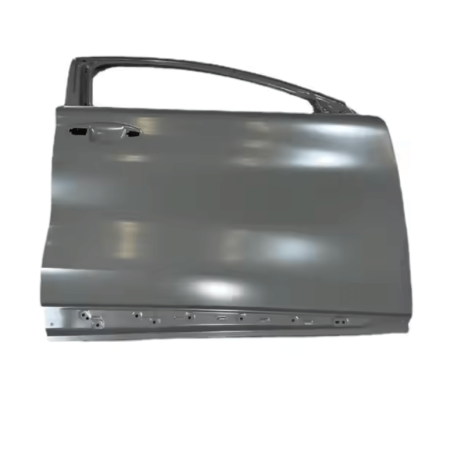Overview of the BYD Atto 3
The BYD Atto 3 is more than just an electric vehicle (EV); it’s a glimpse into the future of sustainable transportation. As one of BYD’s latest innovations, the Atto 3 has quickly gained attention for its cutting-edge technology and exceptional range. With its sleek design and advanced features, this EV isn’t just about reducing your carbon footprint—it’s about redefining the driving experience.
However, amid all the excitement, there’s a crucial element that often gets overshadowed: the charging system. The way you charge your vehicle can drastically affect your convenience and overall satisfaction with the EV. Understanding the charging specifics of the BYD Atto 3, including its connector types, charging speeds, and compatibility with various infrastructures, is key to maximizing your ownership experience.
Importance of Knowing the Vehicle’s Charging Specifications
Charging an electric vehicle isn’t as straightforward as fueling up a gasoline car. It involves a nuanced understanding of several components:
Connector Types: Knowing the type of connector used by the Atto 3 ensures that you can easily find compatible charging stations and set up your home charging equipment correctly.
Charging Speed: The rate at which the Atto 3 charges influence how you plan your day. Whether you’re using a standard home charger or a high-speed public station, understanding these rates helps you manage your time and vehicle readiness effectively.
Charging Infrastructure: Familiarity with the various charging networks and station types can make your EV experience smoother. You’ll be better prepared to locate convenient charging spots and understand any additional requirements.
In this article, we will dissect the BYD Atto 3’s charging specifications in detail. From the types of connectors it supports to the various charging speeds and its compatibility with public and home charging stations, we’ll cover it all. Our goal is to provide you with a thorough understanding of how to get the most out of your Atto 3’s charging capabilities.
What Type of Charging Connector Does the BYD Atto 3 Use?
Connector Type Explained
When it comes to electric vehicles (EVs), the type of charging connector can make a big difference. For the BYD Atto 3, the choice of connectors is both practical and forward-thinking. Here’s a breakdown:
Type 2 Connector
The Type 2 connector is a prevalent choice in Europe and other regions. This connector isn’t just popular; it’s a robust and reliable option for many EVs, including the Atto 3.
Design and Features: The Type 2 connector features a compact, seven-pin design. It provides a stable connection for AC charging and supports both single-phase and three-phase power. This versatility means it can handle various charging needs efficiently.
Advantages: Why is the Type 2 connector a favorite? Its widespread use across public charging stations ensures that you’ll rarely find yourself searching for a compatible charger. It also offers higher charging rates compared to older models, like Type 1, making it a solid choice for many EV owners.
Combined Charging System (CCS)
Moving on to the Combined Charging System (CCS)—a connector that combines the Type 2 AC connection with the ability to deliver DC fast charging. It’s an advanced option that brings significant benefits.
Design and Features: The CCS connector adds two extra pins to the Type 2 design, enabling rapid DC charging. This dual capability means you can charge both conventionally and at high speeds, depending on your needs.
Advantages: The CCS connector shines in its ability to support much faster-charging rates than standard AC options. As it becomes the global standard for high-speed charging, it facilitates quicker top-ups and makes long journeys more practical. Need a quick charge? CCS has you covered.
Why BYD Chose This Connector
So, why did BYD select these connectors for the Atto 3? It’s all about enhancing user experience and future-proofing their technology.
Global Compatibility: The use of Type 2 and CCS connectors ensures that the Atto 3 can be charged at numerous public stations worldwide. This compatibility eases travel and reduces range anxiety, making EV ownership more convenient both locally and abroad.
Future-Proofing: Particularly with CCS, BYD is aligning the Atto 3 with the evolving landscape of EV charging technology. CCS supports rapid charging, which is crucial for long-distance travel and adapting to future advancements in EV infrastructure.
Charging Speed of the BYD Atto 3
Understanding Charging Speed
For any electric vehicle (EV) owner, charging speed is more than just a technical detail—it’s a key factor that impacts daily convenience and long-distance travel. The BYD Atto 3 offers a range of charging options, each designed to fit different needs and scenarios. Let’s dive into what you can expect.
AC Charging Speed
The BYD Atto 3 utilizes the Type 2 connector for AC charging, a standard choice in many EVs. The speed at which it charges can vary depending on the power source.
Standard AC Charging: Using a typical home AC charger with a power output of 7 kW, the Atto 3 takes approximately 7-8 hours to go from a completely empty battery to full. This is generally sufficient for overnight charging, making it easy to start each day with a full battery.
Fast AC Charging: If you have access to a more powerful AC charger, such as those found in some public charging stations, the Atto 3 can leverage up to 11 kW. This setup reduces charging time to about 5-6 hours, allowing for quicker top-ups and making longer trips more manageable.
For a deeper dive into AC charging standards and their impact, explore the ChargePoint guide on AC charging.
DC Fast Charging Speed
The Combined Charging System (CCS) on the BYD Atto 3 is where things get exciting. This advanced system enables DC fast charging, a significant leap in reducing charging times.
Fast Charging Capabilities: With CCS, the Atto 3 can tap into DC fast chargers that deliver up to 60 kW of power. This means you can charge from 20% to 80% in about 30 minutes. It’s an essential feature for those times when you need to quickly replenish your battery during a road trip or between appointments.
Benefits of DC Fast Charging: The primary advantage here is the dramatic reduction in charging time. DC fast charging makes long journeys feasible and keeps your EV ready for the next leg of your trip. It’s a game-changer for anyone who needs to make the most out of limited charging stops.
Factors Influencing Charging Speed
Several variables can influence how quickly the BYD Atto 3 charges:
Battery State of Charge: The speed of charging can slow down as the battery approaches its full capacity. This is a common characteristic of lithium-ion batteries, which manage charging rates to prolong battery life.
Ambient Temperature: Extreme temperatures—both hot and cold—can impact charging efficiency. Cold weather, in particular, tends to slow down the process, as the battery needs to reach an optimal temperature to charge effectively.
Charger Power Output: The power output of the charging station plays a crucial role. Higher output means faster charging, so having access to high-powered chargers can make a significant difference in your overall charging experience.
Charging Infrastructure Compatibility for the BYD Atto 3
Overview of Charging Infrastructure
For electric vehicle (EV) owners, understanding how well their vehicle integrates with various charging infrastructures is crucial. The BYD Atto 3 is designed to be compatible with a range of charging options, making it adaptable for both home and public charging scenarios.
Home Charging
Home charging is often the most convenient option, allowing you to charge your EV overnight or whenever it’s parked. For the BYD Atto 3, here’s what you need to know:
AC Home Chargers: The Atto 3 utilizes the Type 2 connector for AC home charging. Standard home chargers typically provide up to 7 kW, which can fully charge the Atto 3 in approximately 7-8 hours. Upgrading to a home charger that supports 11 kW can reduce charging time to about 5-6 hours, making it easier to fit charging into your routine.
Installation Requirements: Installing a home charging station involves more than just plugging in the charger. You will need a dedicated circuit, and it’s advisable to have a certified electrician perform the installation to ensure safety and compliance with local codes. For installation tips and to find qualified professionals, refer to ChargePoint’s home charging guide.
Public Charging Stations
Public charging stations expand your ability to charge on the go, whether you’re running errands or on a longer trip.
AC Public Chargers: Many public charging stations are equipped with Type 2 connectors, which match Atto 3’s requirements. These chargers are commonly found in public parking areas, shopping centers, and other accessible locations, offering up to 11 kW and providing a convenient way to top up your charge while you’re out and about.
DC Fast Chargers: For rapid charging, the Atto 3’s CCS connector allows you to use DC fast chargers. These stations, often located along highways or in major urban centers, can deliver up to 60 kW, enabling you to charge from 20% to 80% in about 30 minutes. To find nearby DC fast charging stations, use apps like PlugShare or ChargePoint.
Charging Network Compatibility
The Atto 3’s compatibility with various charging networks enhances its versatility:
Major Charging Networks: The vehicle is compatible with several major EV charging networks, including ChargePoint, Ionity, and others. This ensures access to a broad network of charging stations, making it easier to find a place to charge regardless of where you are.
Roaming Agreements: Many charging networks offer roaming agreements, allowing you to use their chargers with a single membership card or app. This simplifies the charging process and reduces the need to manage multiple accounts or memberships.
Practical Tips for Efficient Charging
To optimize your charging experience with the BYD Atto 3, consider the following tips:
Plan Your Routes: Use route planning tools like A Better Routeplanner or PlugShare to identify charging stations along your journey, ensuring you can easily find a place to charge.
Check Charger Availability: Before you head to a public charging station, check its availability and operational status using real-time apps to avoid delays and unexpected issues.
Optimize Charging Times: For public DC fast chargers, aim to charge during off-peak hours to minimize wait times and keep your travels smooth.
Practical Tips for Charging Your BYD Atto 3
Maximize Efficiency and Convenience
Charging an electric vehicle (EV) like the BYD Atto 3 involves more than just plugging in and waiting. Here are some essential tips to enhance your charging routine, ensuring you get the most out of your Atto 3’s capabilities.
Choose the Right Charging Equipment
Home Charging: When setting up your home charging station, opt for a Type 2 AC charger, compatible with your Atto 3. If you’re aiming for quicker top-ups, an 11 kW charger is ideal. This upgrade can reduce your charging time significantly. For more insights on home charger options, check out ChargePoint’s guide on selecting the right home charger.
Public Charging: For public charging, ensure that the station supports Type 2 for AC or CCS for DC fast charging. Always verify the connector type at the station to avoid compatibility issues. The Electrive article on CCS provides a thorough overview of fast charging options.
Plan Your Charging Schedule
Routine Charging: Ideally, charge your Atto 3 overnight using your home charger. This routine ensures your vehicle is fully charged by morning, and ready for the day’s journey.
On-the-Go Charging: Use planning tools like PlugShare or A Better Routeplanner to locate charging stations along your route. These tools help you find charging points and plan your stops efficiently, especially for longer trips.
Monitor Charging Efficiency
Battery State: The charging speed can vary based on the battery’s state of charge. Charging might slow down as the battery approaches full capacity. Aim to keep your battery between 20% and 80% to maintain optimal efficiency.
Temperature Effects: Extreme temperatures can impact charging rates. Cold weather may reduce charging speed, while excessive heat might affect battery performance. If possible, precondition your battery, which can improve charging efficiency in adverse conditions.
Utilize DC Fast Charging Wisely
Long-Distance Travel: DC fast charging is a boon for long journeys. The Atto 3’s CCS connector allows for rapid recharging, providing up to 60 kW of power. This means you can charge from 20% to 80% in about 30 minutes. Check the ChargePoint network or similar services to find nearby fast chargers.
Routine Use: Although convenient, frequent use of fast chargers can impact battery life over time. Reserve DC fast charging for long trips or urgent situations, and use AC home charging for daily needs to prolong battery health.
Manage Charging Costs
Home Charging: Charging at home is generally more cost-effective than using public chargers. Review your electricity plan to understand your rates and consider charging during off-peak hours to save on costs.
Public Charging: Public charging costs can vary widely. Some networks use a per-kWh rate, while others may have a flat fee or subscription model. Apps like ChargePoint can help you compare prices and select the most economical option.
Kylin EV Parts Ltd is situated in Guangzhou, the hub of China’s automotive parts industry. Established in 2013, the company owns three factories specializing in car cover and dog mats, automotive sunshades, and car floor mats. We excel in customized production for renowned automobile brands such as Tesla, VW, BYD, and others.
If you have interest in any Atto 3 parts and accessories, pls contact us for further information.

